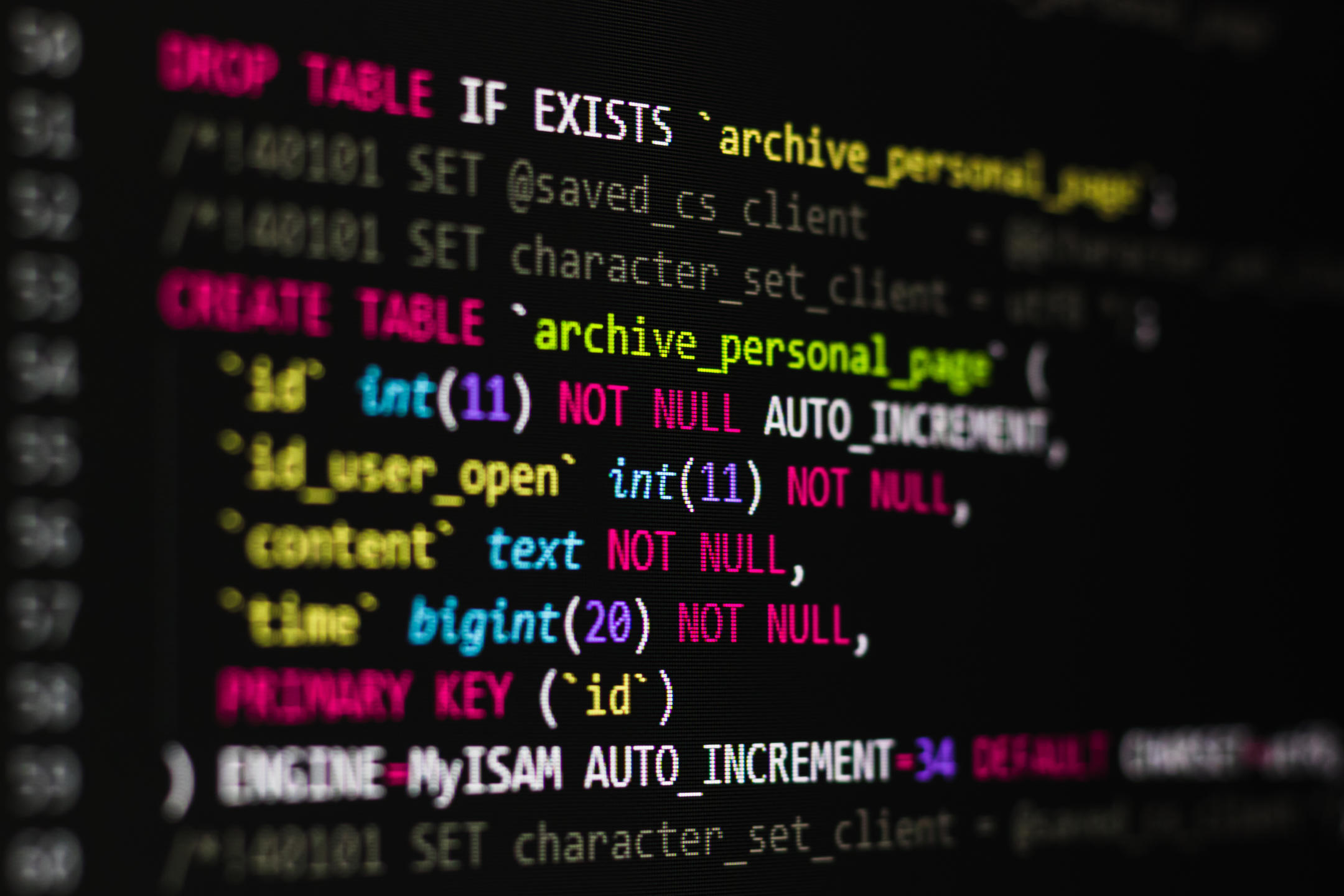Out of 13 million new jobs that have been created in the United States in the last 10 years, over 8.5 million have required skills in technology. And as the future of work moves forward, the tech skills necessary to succeed in these new roles will only become more advanced. Skilled workers need to be able to work with technology beyond an internet browser or word processing application.

Jobs like Human Resources (HR), that never seemed to need technology before, are now specifically looking for applicants with skills in data analysis. In a survey done by SHRM, over half of survey responders require data analysis when hiring for their HR department.
Data — when collected, stored, and analyzed — can be useful for making decisions in almost every department of a business. But how is the data collected, stored, and analyzed? That’s where SQL comes in.
What is SQL?
SQL is a query language specifically for managing data in relational databases, where data is stored in tables with clear relationships between data points. SQL can be used to clean and normalize data, read values, analyze data from multiple sources, and even manipulate data.
Mal Sridhar, a Product Manager (PM) at Waymo (and also an instructor for Udacity’s SQL Nanodegree program), says that SQL databases are used for the self-driving cars at her company. Every autonomous vehicle at Waymo collects extremely large amounts of data, from miles driven to drive-time anomalies.
This data is stored in the database and analyzed on a large scale, which helps Mal and her team make informed decisions. “Being able to query that large database and join datasets to be able to tell that story is very critical to my role,” says Mal.
Without the ability to use SQL for reading and analyzing the data, Mal would miss out on important insights that are easy to overlook when just seeing data stored in a database.
Who Uses SQL?
Many of the different jobs across departments at tech companies use SQL. According to Mal, “[It is] critical for every single person on my team to know SQL.” She reports using it with other PMs, engineers, DevOps, and even the infrastructure team.
According to Zippia, the top jobs that use SQL include:
- Business Analyst
- Software Engineer
- Database Administrator
- QA Tester
- Project/Product Manager
Over 60% of developers surveyed use SQL databases for managing data, making the language a good place to start for people trying to add data analytics to their resume.
Learning SQL
Having SQL skills can lift you into a better, more strategic role in your company. To get started, take the SQL Nanodegree that offers technical mentorship, coursework designed by industry leaders, and real-world projects to solidify your learning.
Course One: Introduction to SQL
In the first course, you will learn about the basics of SQL, including:
- Commands, like SELECT and FROM
- Using JOINs for combining data sources
- Data aggregations, like COUNT and SUM
- Writing subqueries for running multiple queries together
- Cleaning data
- Window functions, like RANK and NTILE
- Optimization of query performance
The final project includes acting as a data analyst for an organization seeking to raise awareness about deforestation. You will take a large dataset, clean it, then create and execute SQL queries from disparate datasets to identify places with shrinking forests.
Course Two: Management of Relational and Non-Relational Databases
In the second course, you will learn about database management, including:
- Normalization of data
- Data Definition Language (DDL), including CREATE TABLE
- Data Manipulation Language (DML), including INSERT, UPDATE, and DELETE
- Constraints and foreign keys
- Indexes
- Non-relational databases, including MongoDB and Redis
The final project includes creating a supporting data structure for a social media news aggregator website. You will first analyze the provided data model, looking for problems with normalization, consistency, and indexing. Then, you will use DDL to create a new, normalized database and DML queries to migrate the data from the old database to your new one.
Learning Outcomes
Ziad Saab, an instructor for Udacity’s SQL Nanodegree program and a software developer at DecodeMTL, said it best: “In terms of career, if you are looking at becoming a data analyst, or if you are a front-end developer who’s just been through bootcamp and is looking to move into the world of back-end or full stack development, you are going to get a lot out of this course.”
Beyond the technical know-how of working with SQL, you will also learn how to reason about data. Through real-world datasets and challenging final projects, you will understand how to look at data in an entirely new way.
Enroll now to get started!



